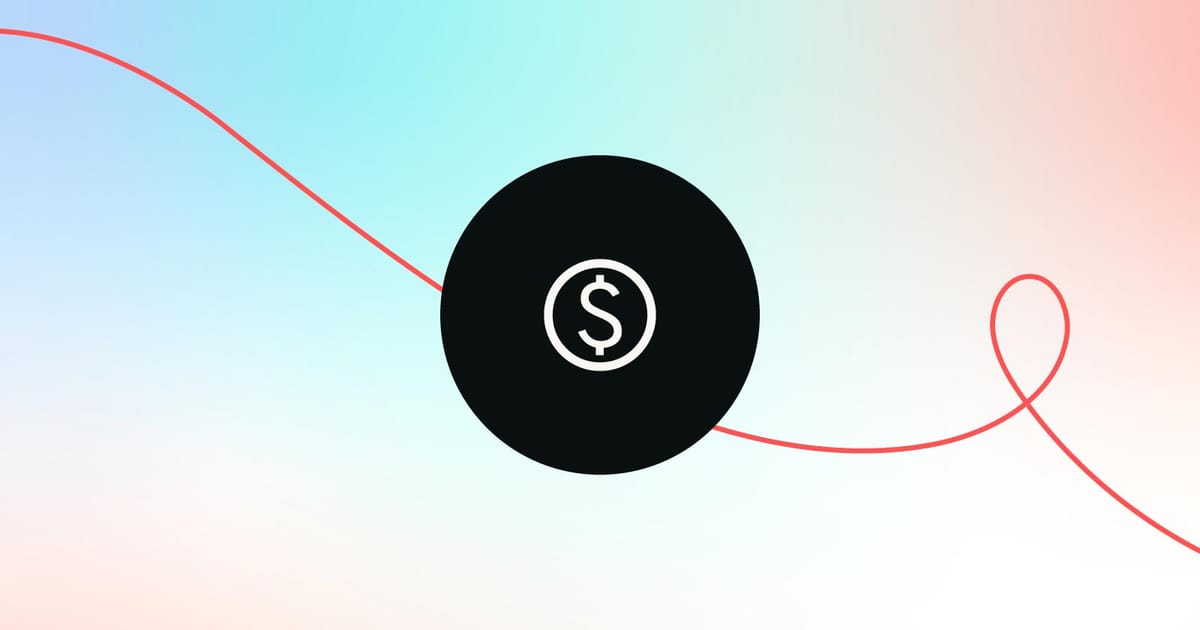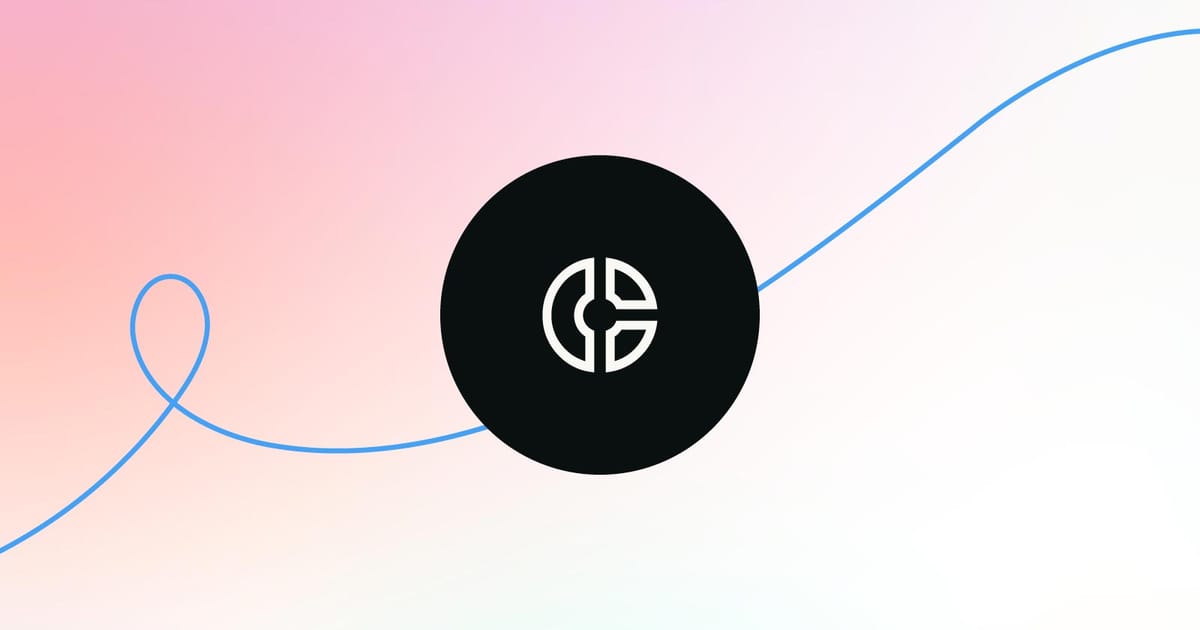The go-to-market motion of developer software has evolved dramatically over the past decade. Before the early 2010s, we lived in a world of binary choices: use open source to drive bottom-up adoption or employ traditional top-down sales models.
Then came product-led growth (PLG), offering a new path for user acquisition and monetization.
Today, many open-source developer tool companies find themselves considering different paths.
With investors' pressure to drive revenue and stay competitive at the very early stage of the company, there's a temptation to pursue both open source and PLG strategies simultaneously. But is more always better?
In this article, we'll challenge the notion that you must do it all at once. Instead, we'll explore a sequential approach: focusing on open source first, then transitioning to PLG.
This strategy isn't just about choosing between two options – it's about leveraging their strengths in the right order to maximize growth and user adoption.
We'll investigate why this approach could be the key to unlocking your company's full potential in the developer tools market. Ready to rethink your strategy? Let's get started.
The power of open source and PLG for developer tools
Open source has been a game-changer for developer tools. It fosters trust through transparency, enables customization, and builds strong communities.
Projects like Linux and Apache became industry standards, defining entire categories. This standardization is key: when your open-source tool becomes the standard, monetization becomes much easier.
On the other hand, PLG offers a different path. Companies like Datadog, Atlassian, and Snowflake have successfully used PLG to drive adoption and growth without open-source foundations.
PLG allows users to try products before purchasing, creating a frictionless path from first use to paid plans.
Both strategies have merits, which often tempt startups to pursue them simultaneously. However, this approach can lead to significant challenges:
- Unclear focus: Splitting efforts between open-source development and PLG can dilute your strategy.
- Resource strain: Startups often lack the resources to excel at both simultaneously.
- Community confusion: Developers may be unsure whether to engage with the open-source project or the commercial product.
During my time at Confluent, I witnessed a different approach. The company focused on Apache Kafka as an open-source project for years before Confluent was even founded.
This allowed Kafka to become the de facto standard for data streaming. When Confluent eventually looked at monetization, many Fortune 500 companies already used Kafka, providing a ready-made market for enterprise support and additional features.
This "open-source first" strategy turned "build it, and they will come" into "build it with them, and they're already here." It's not the only path to success, but it can create a strong foundation for future growth and monetization for certain types of developer tools.

Transitioning to PLG: The next phase of growth
After establishing your open-source product as a category standard, the next strategic move is transitioning to PLG. This shift can significantly accelerate monetization and user acquisition. Here's how to approach it:
Recognizing the right time to shift
The ideal moment to transition comes when your open-source product has gained significant traction and community recognition. Signs include widespread adoption, active community contributions, and increasing demand for enterprise features or support.
Introducing cloud-based free and freemium offerings for PLG
Instead of just launching cloud-based versions, focus on creating PLG-oriented free or freemium tiers:
- Free tier: Offer a robust, no-cost option that allows users to experience your product's core value quickly.
- Freemium model: Provide a more feature-rich version with usage limits or certain advanced capabilities locked behind a paywall.
These offerings should be designed to:
- Provide immediate value without friction
- Encourage users to explore premium features
- Scale naturally with user needs, prompting eventual conversion to paid plans
The goal is to make these cloud-based free or freemium versions not just an alternative to self-hosted open-source installations but a more attractive option for most users due to their ease of use, immediate value, and growth potential.
This approach aligns better with PLG principles, focusing on giving users hands-on experience with the product and allowing them to realize its value before any monetary commitment. It creates a smoother path from initial use to paid adoption, which is at the core of effective PLG strategies.

Strategies for bottom-up monetization
- Implement usage-based pricing to allow easy entry and natural expansion
- Offer seamless upgrades from free to paid tiers
- Provide excellent documentation and self-service support
- Use in-product prompts to encourage upgrades at key moments
By following this approach, you're not starting your PLG journey from scratch. Instead, you're leveraging the community and reputation built through your open-source efforts to fuel rapid adoption and monetization of your cloud-based offerings.
Maximizing PLG success and creating a flywheel effect
Once you've transitioned to a PLG model, the focus shifts to maximizing its success and creating a flywheel effect that drives growth from open-source users to PLG adopters and eventually to enterprise customers.
Tailoring PLG strategies beyond the open-source base
While your open-source users are a natural starting point, your PLG strategies should aim to attract new users. Create onboarding experiences and educational content catering to experienced open-source users and newcomers. This dual approach ensures you're converting your existing base and expanding your reach.

Leveraging product analytics for growth
The key to PLG's success lies in identifying and optimizing the right metrics. At Confluent, we focused on a single, powerful metric: product activation organization. This is defined as any organization with seven consecutive days of data flowing in and out of the product.
This metric was highly correlated with retention, so every team - from marketing to product to support - aligned their efforts to maximize this number.
To implement a similar approach:
- Identify your key retention-correlated metric.
- Ensure all teams understand and focus on this metric.
- Use this metric to guide product development, marketing strategies, and support efforts.
Creating the flywheel: From PLG to enterprise
As users engage with your product, you'll want to create a seamless transition from self-serve to sales-assisted deals when appropriate. Here's how:
- Set clear sales triggers: Establish revenue or usage thresholds that trigger sales involvement. For example, when an account reaches a certain monthly recurring revenue, sales should step in.
- Identify the right persona: The users who sign up (often developers) may not be the decision-makers for larger purchases. Use product usage data and account mapping to identify the right buyer personas within each organization.
- Look for multi-team usage: When multiple teams within a company are using your product, it's a strong signal for potential enterprise-wide adoption. Train your sales team to spot and act on these opportunities.
- Provide value-added engagement: When sales do reach out, ensure they're adding value - by sharing best practices, offering advanced feature demos, or discussing how other similar companies have scaled their usage.
Remember, this process is similar whether you started with an open-source product or not. The key is to use product usage data to inform and trigger sales activities at the right moment, ensuring a smooth transition from self-serve to enterprise sales when the time is right.
By focusing on the right metrics, tailoring your PLG approach, and creating a smooth transition to enterprise sales, you can create a powerful growth flywheel that fully utilizes your open-source roots and PLG capabilities.

Closing thoughts
As we've explored, the open source first and PLG second strategies can be powerful approaches for developer tool companies. This sequenced strategy allows for building a strong community and establishing a market presence before focusing on monetization. However, it's crucial to remember that this isn't the only path to success.
For many startups, particularly those in less established or highly innovative spaces, starting directly with a PLG approach can be equally effective.
This route avoids the challenges of balancing open-source community building with commercial interests, allowing for a more streamlined focus on product development and user acquisition.
The choice between these strategies often depends on the founders' vision and the market's competitive landscape. As the saying goes in the industry, "When you lead, close source; when you're behind, open source."
This encapsulates the strategic considerations at play – market leaders can often benefit from keeping their innovations proprietary, while challengers can use open source to gain traction and community support.
Looking to the future, we will likely see continued evolution in how developer tool companies approach go-to-market strategies. The interplay between open source and PLG will undoubtedly remain a key consideration, with companies innovating on how to leverage both approaches best.
Ultimately, the most successful companies will be those that can adapt their strategies to their specific market conditions, product strengths, and user needs.
Whether starting with open source or diving straight into PLG, the focus should always be on delivering value to developers and creating a sustainable path to growth.
Speaking of tools, have you downloaded your free copy of our AI in Community Management Playbook?
With more and more marketers and community managers incorporating AI in their roles to improve workflows and get quicker results, you don't want to be left behind.
Use our playbook to make the most of AI tools to save time and maximize your impact.






